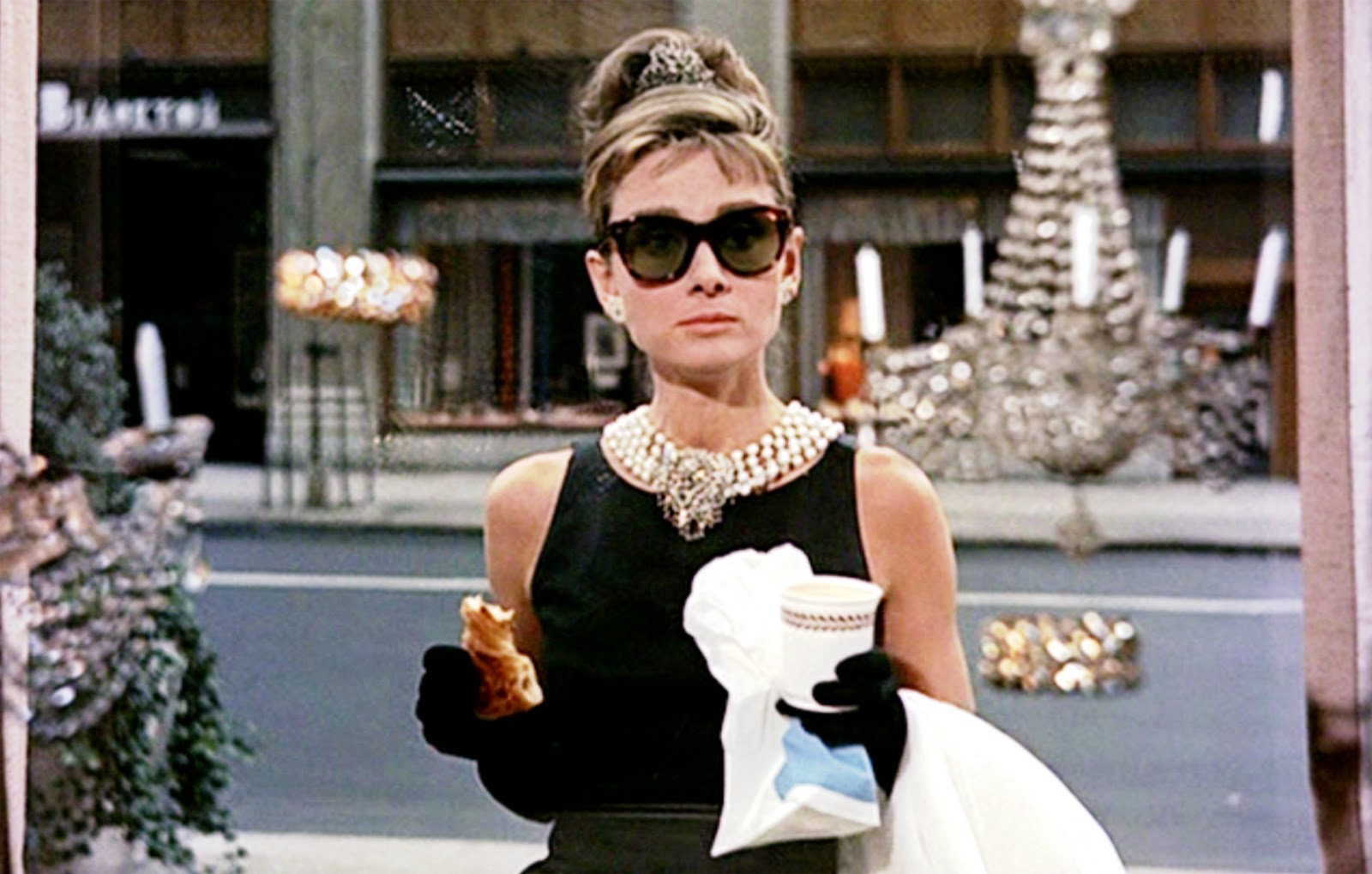Deep Blue Something’s “Breakfast at Tiffany’s” remains a quintessential one-hit wonder of the 1990s, peaking at #5 on the charts in January 1996. This seemingly innocuous pop-rock tune, released during the height of Friends mania, carved a niche for itself amidst a landscape of guitar-driven melodies and catchy hooks. Bands like Del Amitri and The Rembrandts were riding high on the wave paved by the Gin Blossoms, delivering three-minute earworms, and Deep Blue Something slotted comfortably into this sonic space. The Goo Goo Dolls were on the cusp of mainstream success with “Name,” and Third Eye Blind were just around the corner, ready to unleash their string of impactful hits. Against this backdrop, “Breakfast at Tiffany’s” emerged, a song that prompts a deeper look into its surprising appeal and lasting, if somewhat debated, legacy.
 Elegant breakfast arrangement reminiscent of Breakfast at Tiffany's, capturing the movie's sophisticated aesthetic.
Elegant breakfast arrangement reminiscent of Breakfast at Tiffany's, capturing the movie's sophisticated aesthetic.
Decoding the Charm: More Than Just a Movie Reference
What is it about a song explicitly referencing one of the most beloved films of the 20th century that both resonated with audiences and drew critical skepticism? “Breakfast at Tiffany’s” by Deep Blue Something, at first listen, appears to mirror the movie’s perceived charm – a light, airy, and somewhat romanticized view of life. The 1961 film adaptation, directed by Blake Edwards, softened Truman Capote’s novella, transforming Holly Golightly into a more palatable, G-rated character for mainstream audiences. Audrey Hepburn, in her iconic portrayal, embodied this sanitized version, while George Peppard’s character, the narrator from Capote’s work, was reimagined as a conventionally straight romantic lead, far removed from the novel’s nuances.
The movie, while a box office success and earning Hepburn an Academy Award nomination, wasn’t without its controversies. Elements like the broadly comedic and racially insensitive portrayal of Mr. Yunioshi by Mickey Rooney were jarring even for audiences of the time. Yet, the film’s romantic aura, symbolized by scenes like the iconic “Moon River” (famously covered by Morrissey, among many others) and the heartwarming resolution, cemented its place in popular culture.
The Song’s Construction and Lyrical Simplicity
Deep Blue Something’s “Breakfast at Tiffany’s song” initially appeared on their 1993 album 11th Song before being revisited and re-released on 1995’s Home, which is when it gained traction. The subtle change for the re-release, the addition of electric guitar strums in the chorus, is almost negligible. The song’s production, described as a “wind tunnel mix,” gives a somewhat muffled, almost demo-like quality, which paradoxically might have contributed to its unassuming charm.
Lyrically, songwriter Todd Pipes crafts verses that read like snippets of dialogue between a couple with differing tastes and perspectives. The female character’s affection for Breakfast at Tiffany’s becomes a point of mild contention and bemusement for her partner. Lines like “You say, ‘We’ve got nothing in common'” highlight this disconnect. The lyrics, while simple and conversational, lack depth and rely on Hallmark-esque sentiments rather than genuine emotional complexity. The excitement expressed over a partner reading and enjoying the book feels superficial, lacking connection to the deeper themes of Capote’s work or even the movie’s adapted narrative. This simplicity, combined with the song’s melancholic guitar melodies and Pipes’ sincere vocal delivery, creates a listening experience that is easy to digest but ultimately lacks substantial flavor, akin to “Quaker Oats left in the pot.”
Unexpected Transatlantic Success and Lasting Impression
Despite critical ambivalence towards its artistic merit, “Breakfast at Tiffany’s” achieved remarkable commercial success, even topping the UK charts. This unexpected triumph in Britain, during a period of heightened national pride, speaks to the film’s widespread appeal rather than any perceived affinity for American “ashen pop rock crossovers.” The songs it displaced at the top of the charts – Fugees’ “Ready or Not” and The Chemical Brothers’ “Setting Sun” – represent a stark contrast in musical styles and cultural significance, further emphasizing the anomaly of “Breakfast at Tiffany’s” chart-topping reign.
In conclusion, Deep Blue Something’s “Breakfast at Tiffany’s song” captured a fleeting moment in 90s pop culture. Its success is a curious blend of catchy melodies, relatable (albeit simplistic) lyrics, and the enduring allure of the film it references. While not a critical darling, the song remains a recognizable and nostalgic piece of 90s pop-rock, forever linked to the gamine elegance of Audrey Hepburn and the bittersweet charm of Breakfast at Tiffany’s.
